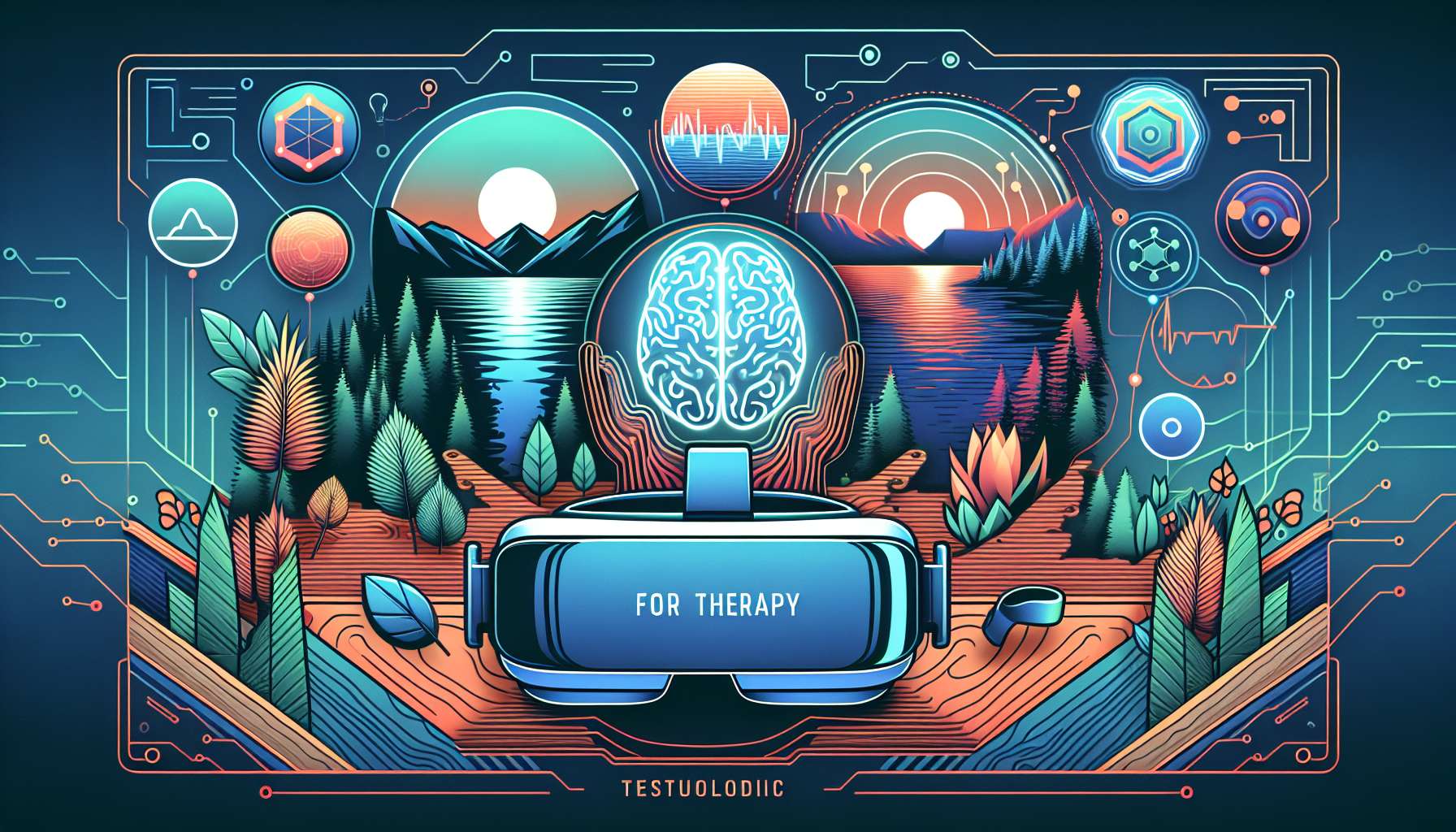Virtual reality (VR) technology has been making significant strides in various fields, including healthcare. One area where VR is showing great promise is in therapy for treating phobias and post-traumatic stress disorder (PTSD). By immersing individuals in realistic virtual environments, therapists can create controlled settings to help patients confront and manage their fears and anxieties.
### How VR Therapy Works
In VR therapy, patients wear a VR headset that transports them to a computer-generated environment tailored to their specific phobia or trauma. For example, someone with a fear of heights may be placed on a virtual skyscraper, while a combat veteran with PTSD may be in a simulated battlefield. The therapist guides the patient through exposure therapy techniques, gradually exposing them to their fears in a safe and controlled manner.
### Benefits of VR Therapy
One of the key advantages of using VR for therapy is the ability to create highly customizable and immersive experiences. Patients can confront their fears in a realistic yet controlled environment, helping them build confidence and resilience. Additionally, VR therapy can be more cost-effective and accessible compared to traditional in vivo exposure therapy, which may require real-world scenarios or extensive resources.
### Effectiveness of VR Therapy
Research has shown promising results for the use of VR therapy in treating phobias and PTSD. Studies have found that exposure therapy in virtual environments can lead to significant reductions in anxiety and PTSD symptoms. VR therapy has also been shown to be effective in treating other conditions, such as social anxiety disorder and specific phobias.
### Future Implications
As VR technology continues to advance, the potential applications for therapy are vast. From treating anxiety disorders to helping individuals overcome phobias and trauma, VR therapy offers a novel approach to mental health treatment. With further research and development, VR therapy could become a mainstream option for therapists and patients alike.
In conclusion, VR therapy holds great promise for treating phobias and PTSD by providing immersive and controlled environments for patients to confront their fears. As technology evolves, VR therapy may become an integral part of mental health treatment, offering new possibilities for healing and recovery.








